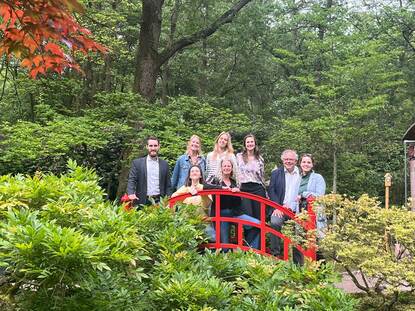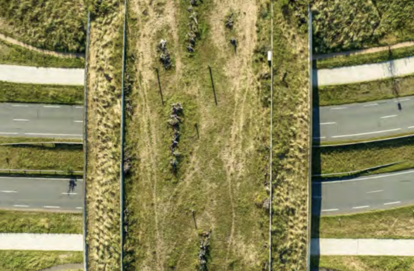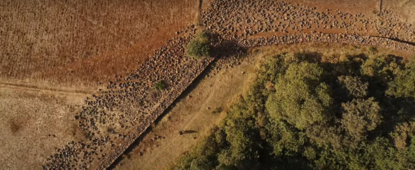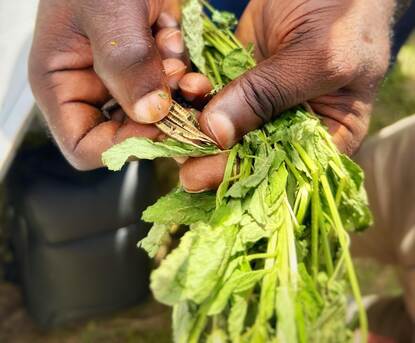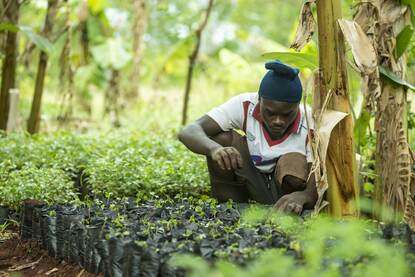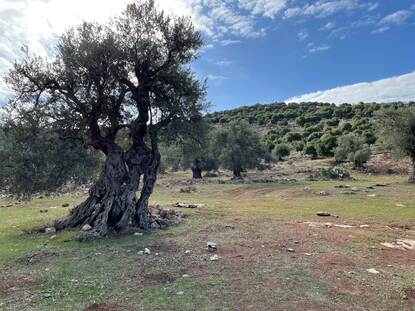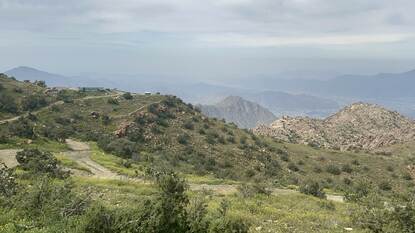Foto Akil Mazumder
The Netherlands, partnering with the Organisation for Economic Co-operation and Development (OECD) and other countries, is assessing how subsidies impact biodiversity. The challenge is not just identifying these harmful subsidies but also figuring out how to reform them in a way that balances economic growth with protecting our planet.
The key part of these efforts is the Kunming-Montreal Global Biodiversity Framework, especially Target 18 under the UN Convention on Biological Diversity (CBD). This target urges countries to identify subsidies and incentives that harm biodiversity by 2025, aiming to eliminate, phase out, or transform them into positive incentives by 2030.
Why we need sustainability-focused public financing
Governments have long used public financial incentives – like subsidies, tax breaks, and guarantees – to boost economic growth, support key industries, and achieve social goals. However, these subsidies can sometimes have unintended negative effects on the environment. For instance, subsidies for large-scale farming can encourage deforestation to clear land for crops or livestock, leading to habitat destruction. Additionally, subsidies for chemical fertilizers and pesticides may result in soil degradation, water pollution, and the loss of biodiversity due to overuse of these inputs.
The OECD has been a leader in pushing for the reform of these harmful subsidies. It has created guidelines to help identify and assess subsidies that harm biodiversity, stressing the importance of a systematic approach that considers the complex relationship between economic activities and environmental outcomes.
The Dutch Government is acting on this. With feedback from the Organisation for Economic Co-operation and Development (OECD) and other countries, it is assessing how subsidies impact biodiversity. This assessment is part of this larger international effort. The goal is to clearly understand which subsidies in the Netherlands are harmful and which are conducive to biodiversity. The Netherlands also looks at positive subsidies, because they can serve as inspiration for reforming negative subsidies.
How the assessment works: a team effort
The method for assessing the impact of subsidies on biodiversity was developed by CE Delft (a Dutch independent research and consultancy organization) in close collaboration with the OECD, and follows the OECD’s four-step guidelines (see overview in Figure 1):
-
Scoping: the assessment first defines its scope by deciding which types of public financial incentives will be studied. It looks at a wide range of incentives, including direct subsidies, tax exemptions, and guarantees, and considers both budgeted and non-budgeted incentives. It also considers implicit incentives, like unregulated financial flows due to market failures.
-
Screening: the next step is to identify which incentives might be harmful to biodiversity. This involves a detailed review of budget documents, expert consultations, and applying the OECD’s Driver-Pressure-State-Impact-Response (DPSIR) framework. The screening focuses on sectors with significant environmental impacts, like agriculture, forestry, and fisheries.
-
Data gathering: once the potential harmful incentives are identified, detailed data is collected on each one. This includes information on the incentive’s purpose, beneficiaries, financial size, and conditions. This data collection is a collaborative effort involving environmental economists, policymakers, and other stakeholders.
-
Assessment: finally, the assessment determines how much harm each financial incentive causes to biodiversity. This involves a mix of qualitative and quantitative analysis, using expert input and academic research. The assessment looks at various factors, including the geographical scale of the impact, its intensity and duration, and the fragility of the affected ecosystems.
The OECD ensures that the assessment process is methodologically sound and facilitates international cooperation by making sure that the findings align with those from other countries. The global dimension is important because addressing biodiversity loss requires coordinated efforts that extend beyond national borders.
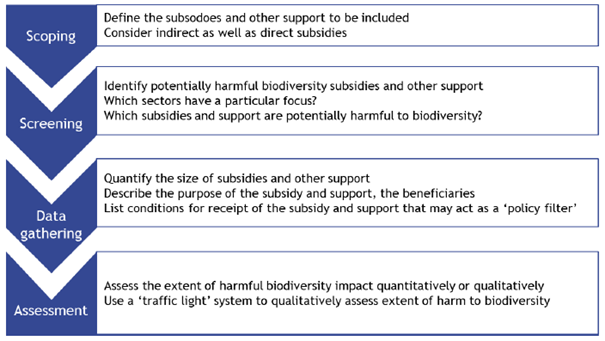
The opportunities and challenges ahead
Reforming subsidies to align with biodiversity goals presents both opportunities and challenges. On the positive side, there is growing awareness of the need for these reforms, driven by the increasing visibility of biodiversity loss and the pressure from international agreements like the Convention on Biological Diversity (CBD). However, reforming subsidies is a complex and politically sensitive process that requires balancing environmental goals with economic and social priorities.
One of the main challenges is engaging a wide range of stakeholders, including government departments, industry groups, and civil society organizations. Each group has different interests and priorities, making it difficult to find common ground. The OECD’s guidelines stress the importance of involving all relevant parties from the beginning.
Another challenge is ensuring that the reform process is transparent and evidence based. The assessment method, which has been translated by Wageningen Economic Research/CE Delft and Naturalis into an assessment protocol resulting in standardised reporting forms to systematically take into account all relevant expertise, aims to provide a clear and objective basis for decision-making. However, effective communication is key to building support for the necessary reforms. The OECD’s experience in facilitating international dialogue and sharing best practices will, therefore, be very valuable.
The potential benefits of subsidy reform are significant. By aligning subsidies with biodiversity goals, governments can help create a more sustainable and resilient economy. This could lead to improved ecosystem services, better food security, and greater resilience to climate change (for farms). Moreover, the process of reforming subsidies can strengthen institutions and improve governance by requiring greater coordination and cooperation across government departments.
‘By aligning subsidies with biodiversity goals, governments can help create a more sustainable and resilient economy’
Moving forward
The assessment of biodiversity-harmful subsidies in the Netherlands is a first step toward achieving the Global Biodiversity Framework’s objectives. The results are to be expected in the summer of 2025. The methodology developed provides a model that can be adapted by other countries, ensuring consistency with international best practices through OECD involvement. The Ministry of Agriculture, Fisheries, Food Security and Nature (LVVN) and the Ministry of Infrastructure and Water Management (I&W) are assessing around 100 subsidies, both national and European. Additionally, other key ministries, such as the Ministry of Climate Policy and Green Growth (KGG) and the Ministry of Housing and Spatial Planning (VRO) are planning to carry out similar assessments in 2025.
Once these assessments are completed, standardizing the reporting format across these ministries is needed to ensure consistency. This will allow for the aggregation and monitoring of both positive and negative expenditures over time. As the assessments continue, the methodology should be refined based on the experiences gained. These steps will not only advance biodiversity goals but also promote sustainable development by aligning subsidies with environmental priorities.
More information
Would you like to know more about the OECD’s collaboration with the Netherlands and their assessment of subsidies impacting biodiversity? You can visit the page of the Dutch Permanent Representation at the OECD at the website Agroberichtenbuitenland.nl of the Dutch Ministry of Agriculture, Fisheries, Food Security and Nature. You can also send an email to the Netherlands Agricultural Network (LAN) team at OECD in Paris: PAO-LVVN@minbuza.nl.


